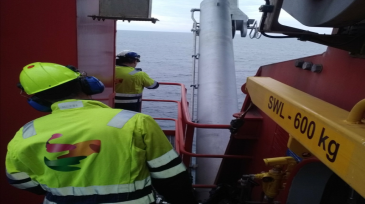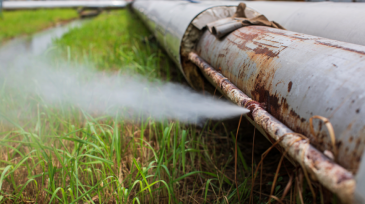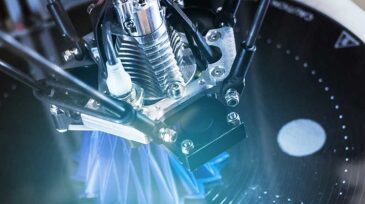DNV
-
DNV GL awarded Heerema Marine Contractors Statements of Feasibility for two concepts designed to reduce the noise of offshore structure installation.
-
A systematic approach to ensure quality assurance is intended to build confidence and accelerate the uptake of digital twins.
-
DNV GL and floating production, storage, and offloading (FPSO) vessel specialist Bluewater are undertaking a pilot project to use hybrid digital twin technology to predict and analyze fatigue in the hull of an FPSO in the North Sea.
-
Akers BP said it will use lessons learned from the pilot and scale the remote-assist concept across its assets.
-
The Report “Transition Faster Together: Renewable Solutions, Strategies, and Policies for a Clean Energy Future” outlines focus areas to stimulate the generation of renewable energy and reduce carbon dioxide emissions.
-
The drop in energy use caused by the coronavirus pandemic is not enough by itself to meet Paris climate ambitions, says DNV GL.
-
Senior oil and gas professionals see hydrogen as a significant part of the global energy mix by 2030.
-
In partnership with TechnipFMC, DNV GL opened a pilot project for the international collaboration of operators and the supply chain. Many digital twins represent an asset’s initial form and struggle to reflect developments in their physical counterparts as the asset matures.
-
The methodology is the industry’s first to address CUI. Along with DNV GL’s new technology, maintenance costs may be reduced by up to 50%.
-
The JIPs managed by DNV GL and Berenschot focused on 3D-printed-component certification and supply chain set-up.










